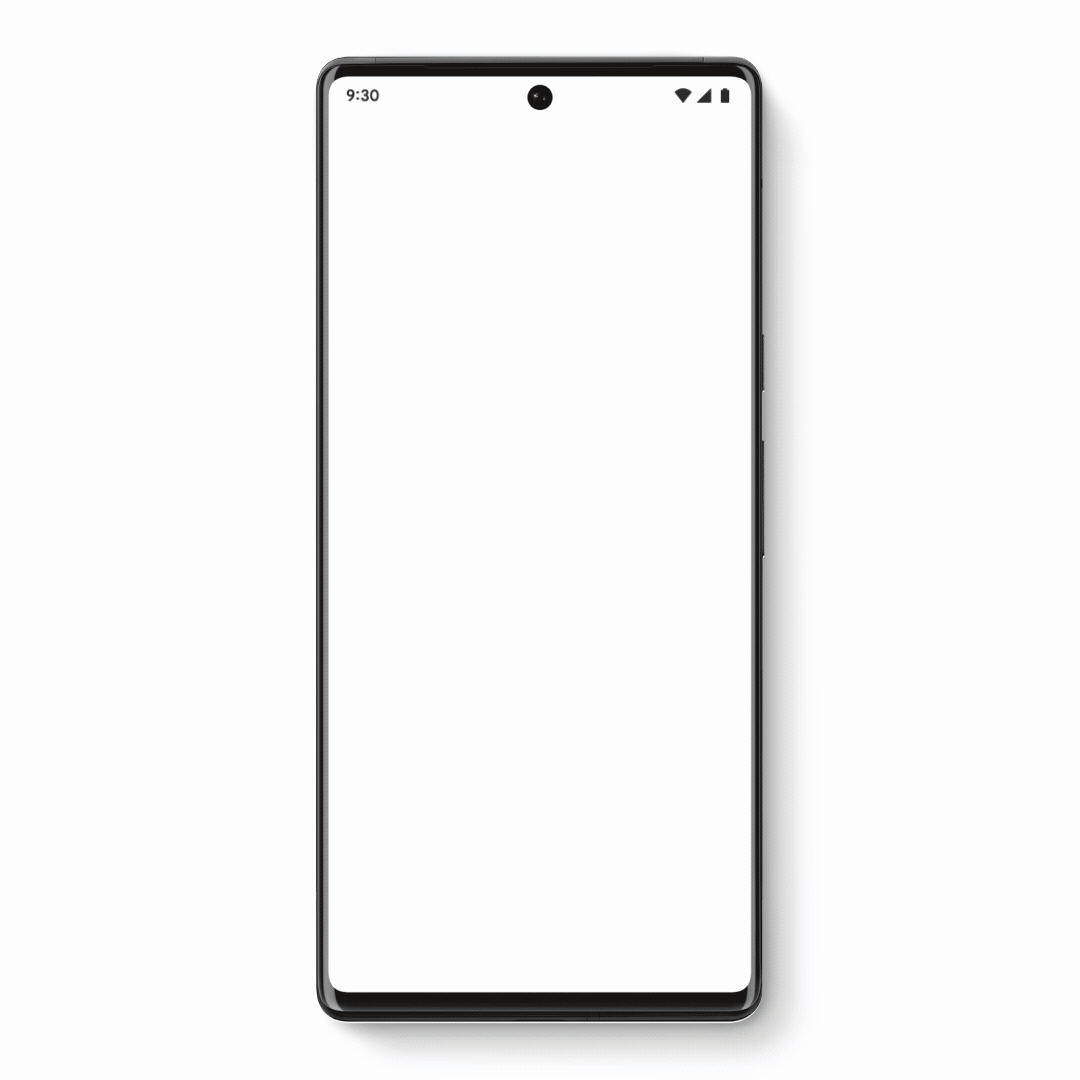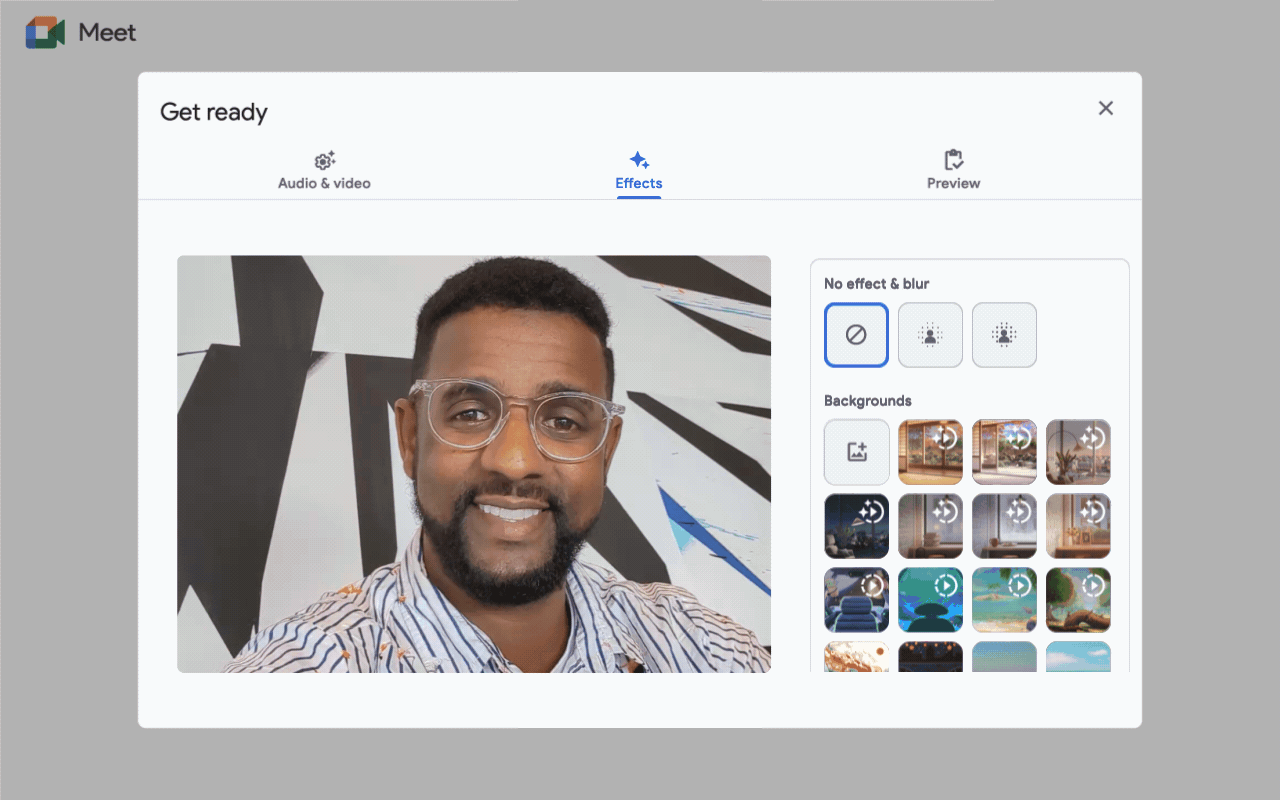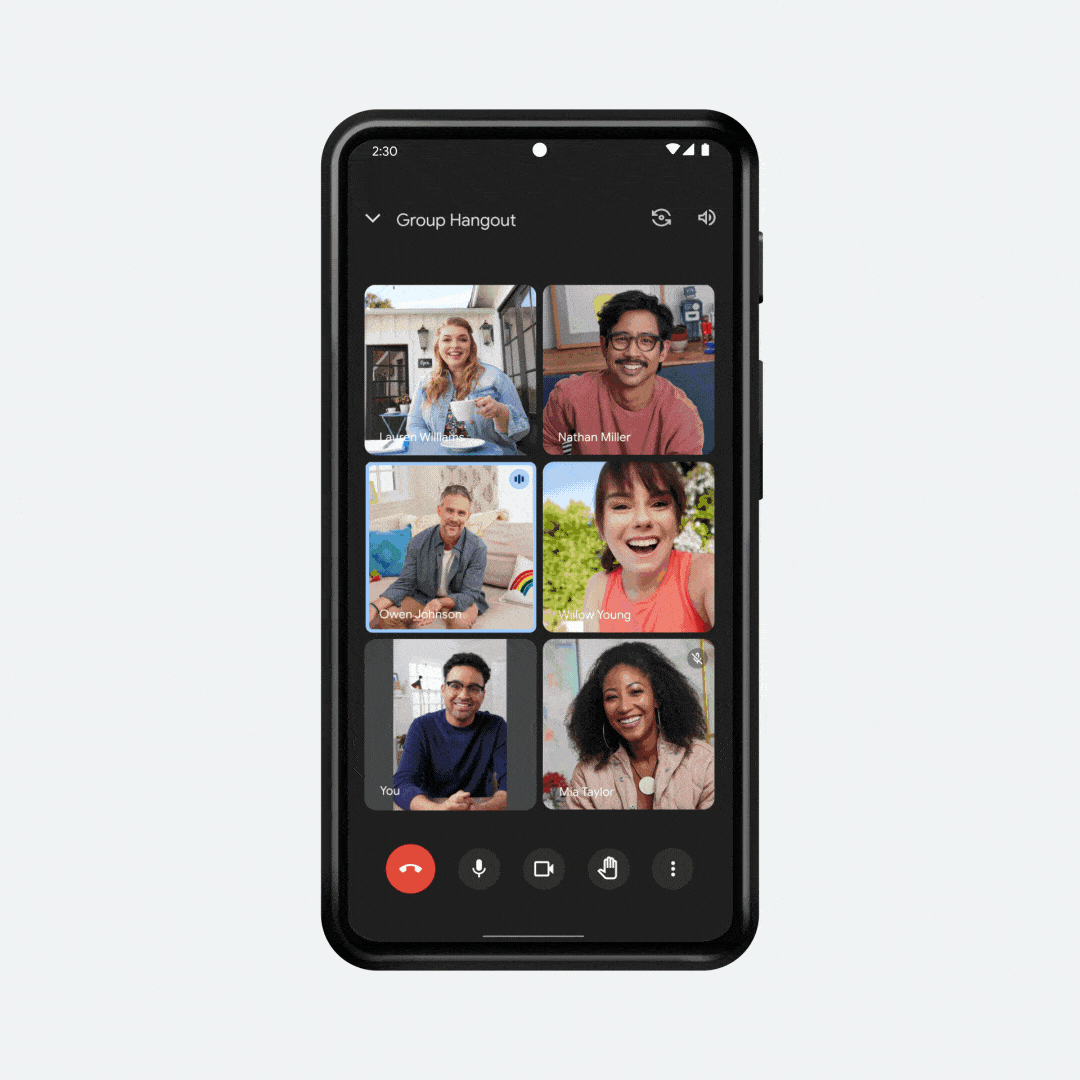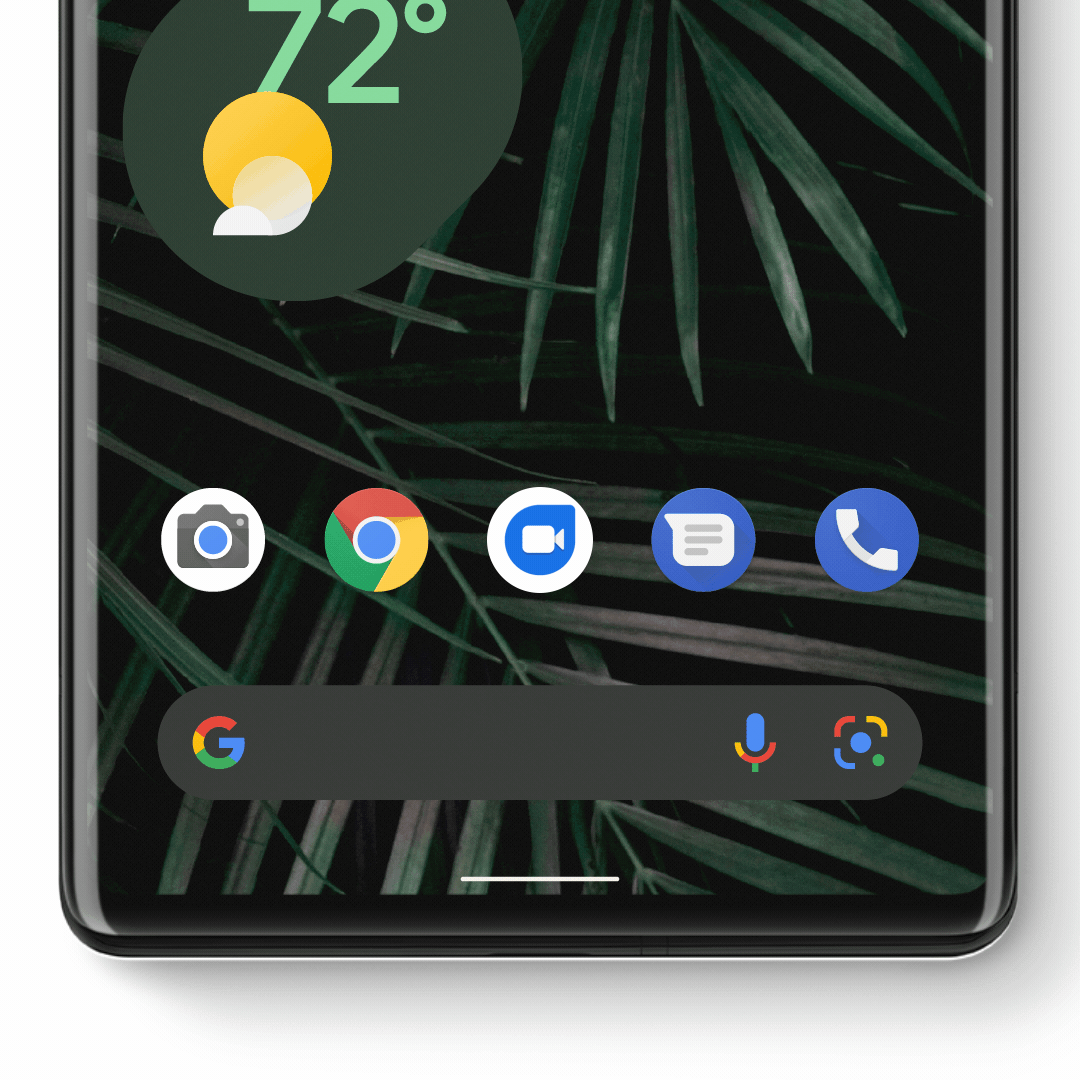On August 23, 2022 we will gradually start updating the way country targeting works for shopping products. As a result, the
targetCountry field for newly inserted products and the
country field for new datafeeds may be empty in the
Content API for Shopping. While
targetCountry and
country are now deprecated, there are no plans to remove these fields from v2.1 to preserve backward compatibility. We recommend using
feedLabel to name new products and feeds, and using the
shipping field to specify the countries to target.
If you're accessing accounts whose product data you don’t have total control over and you are unsure whether the products or datafeeds will have ONLY a feedLabel field beginning in late August, we recommend you update your code to support the feedLabel field. This upcoming change might impact or break your API integration if your application cannot handle
products without a
targetCountry or
datafeeds without a
country.
See
Country targeting in Shopping Ads campaigns is changing in August 2022 for how this change will impact Google Ads.
What’s already changedOn
August 8, 2022, the
Content API for Shopping added the
feedLabel field to the products resource. As of August 8, 2022,
feedLabel can only accept and return two-letter
CLDR territory codes. Products now require either
targetCountry or
feedLabel. As long as the
feedLabel set is a valid two-letter CLDR code,
targetCountry will be backfilled for compatibility.
We have changed the definition of the product identifier (
the id, i.e. the
REST ID).
feedLabel now replaces
targetCountry as the third component of the identifier, so it is no longer just a valid two-letter CLDR code. You can find an example shown
here.
This change to product identifier is backwards compatible, so existing REST IDs for existing products will continue to work without change. Important:
feedLabel doesn’t impact targeting. This means if you use
feedLabel instead of
targetCountry, you need to specify all countries you want to target in the
shipping attribute.
What’s coming nextWe’re starting a gradual rollout to all users on
August 23, 2022. When the upcoming change reaches you, you’ll be able to create a product or datafeed with any string (not just a two-letter CLDR code) as the
feedLabel via the API or the Merchant Center. You’ll still be able to use a two-letter country code in
targetCountry for backwards compatibility.
After the upcoming change, if you submit a
feedLabel that isn’t a CLDR territory code, the API will return those products without a
targetCountry or those datafeeds without a
country. Instead, only their
feedLabel will be populated. This may break your codebase if your implementation expects a value in
targetCountry for products or a value in
country for datafeeds.
How you’re impactedProductsIf you continue inserting your products with a
targetCountry, you are not required to make any changes at this time, as the
feedLabel value in the
products REST ID will be identical to the
targetCountry you inserted.
However, if you use a
feedLabel in Merchant Center or the API that is not a CLDR territory code, we highly recommend you update your codebase to use
feedLabels on all product insertions instead of
targetCountry to avoid issues with your API integration.
All products inserted with a feedLabel instead of targetCountry, even if the feedLabel is a CLDR territory code, will not automatically target that country. You must explicitly set the countries you want to target via the shipping field. DatafeedsNote that starting August 23, 2022,
feed label will replace the current
country of sale value in the Merchant Center UI. The Content API will be expected to support this change via the datafeeds service starting mid-September. These new datafeeds will only have the
feedLabel field set, not the
country field, unless you explicitly set the
feedLabel to a CLDR territory code.
To support new users, we highly recommend you update your codebase to use
feedLabels on all datafeeds instead of
country to avoid issues with your API integration.
Recommendation for third party integrationsIf you’re a third party or agency that manages your customers' accounts for them, we highly recommend you check your codebase is able handle products without a
targetCountry and datafeeds without a
country before August 23, 2022.
After the gradual rollout starting in late August, your merchants will be able to modify products directly in Merchant Center to create a product with a
feedLabel that is not a valid two-letter CLDR territory code. When this product is returned via
products.list, you could encounter issues if your implementation expects a value in
targetCountry.
As well, after the gradual rollout in late August, new users will create datafeeds that by default have a
feedLabel and no
country field. When this datafeed is returned via
datafeeds.list, you could encounter issues if your implementation expects a value in
country.
How to detect if you have offers without a country in your Merchant Center account
- Make a request to
products.list. - Filter your products to search for products where the
targetCountry field does not exist on the product. - If any products appear, you have offers without a country in your Merchant Center.
Detailed ChangesTo view a detailed breakdown of the changes to the Content API by this feature launch, see the guide
here.
Datafeeds ServiceStarting mid-September the
datafeeds service will begin to return
feedLabel on all datafeeds, which will be the
country value if that is how the
datafeed was created. The
datafeeds service will also return the
country field if the
feedLabel is a valid country code for backwards compatibility.
Opt out of receiving products and datafeeds without a countryIf you’re concerned your codebase cannot handle products and datafeeds without a country, and you want to opt out of receiving them via the Content API after August 23, then please fill out the following form:
Feed label replaces target country in the Content API for Shopping - temporary exemption. Once you have fully supported feedLabel, you will be able to opt back in to receiving these offers.
If you have any questions or concerns, please don't hesitate to contact us via the
forum.
 Benji Rothman, Content API for Shopping Team
Benji Rothman, Content API for Shopping Team











.png)
.png)
.jpg)